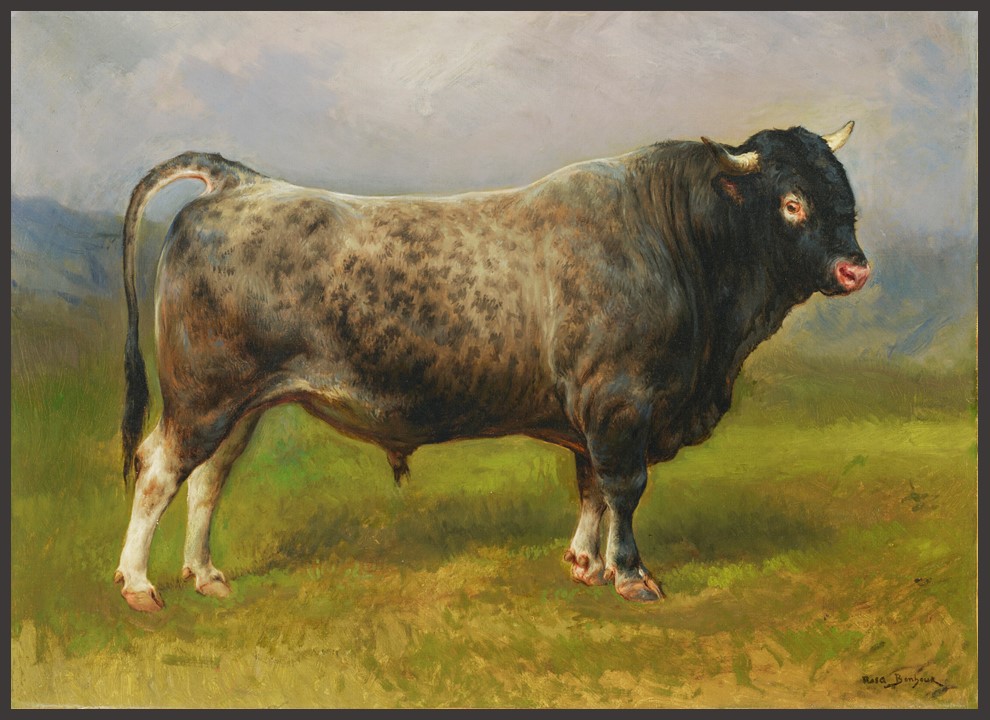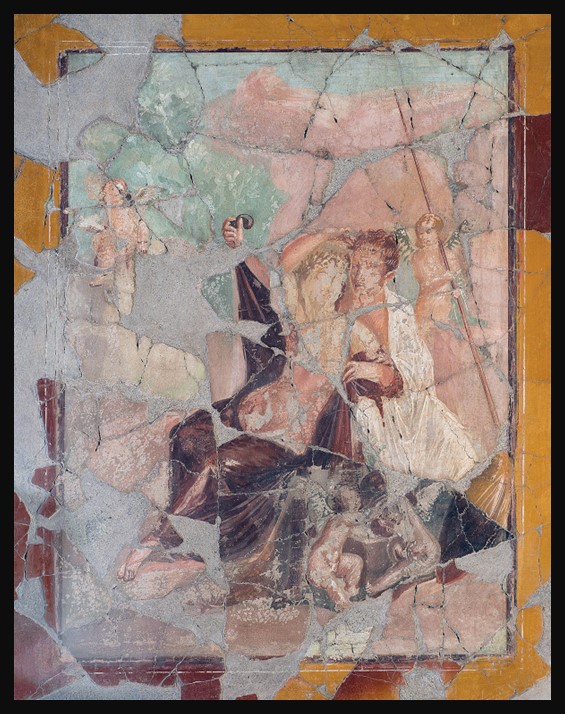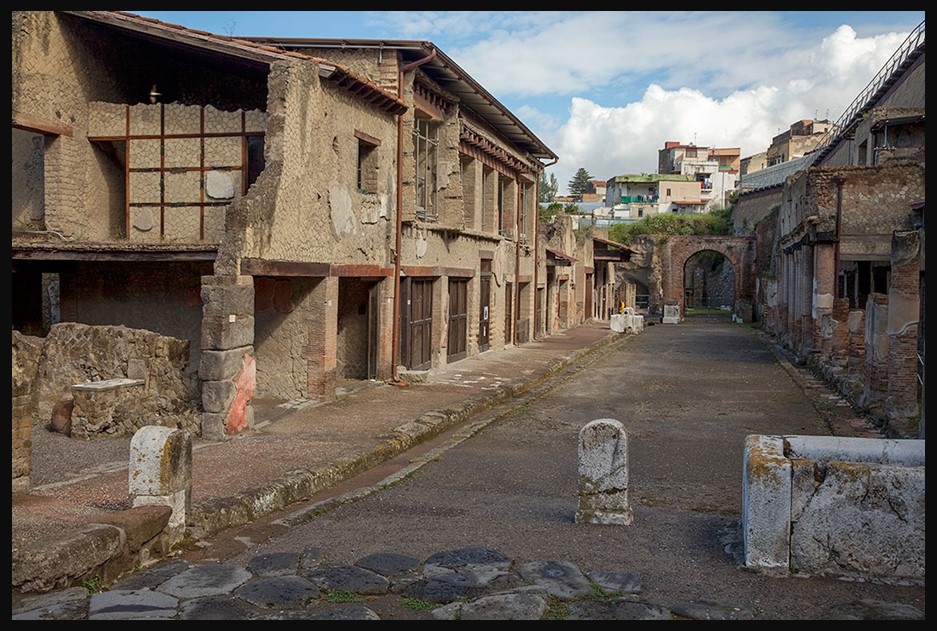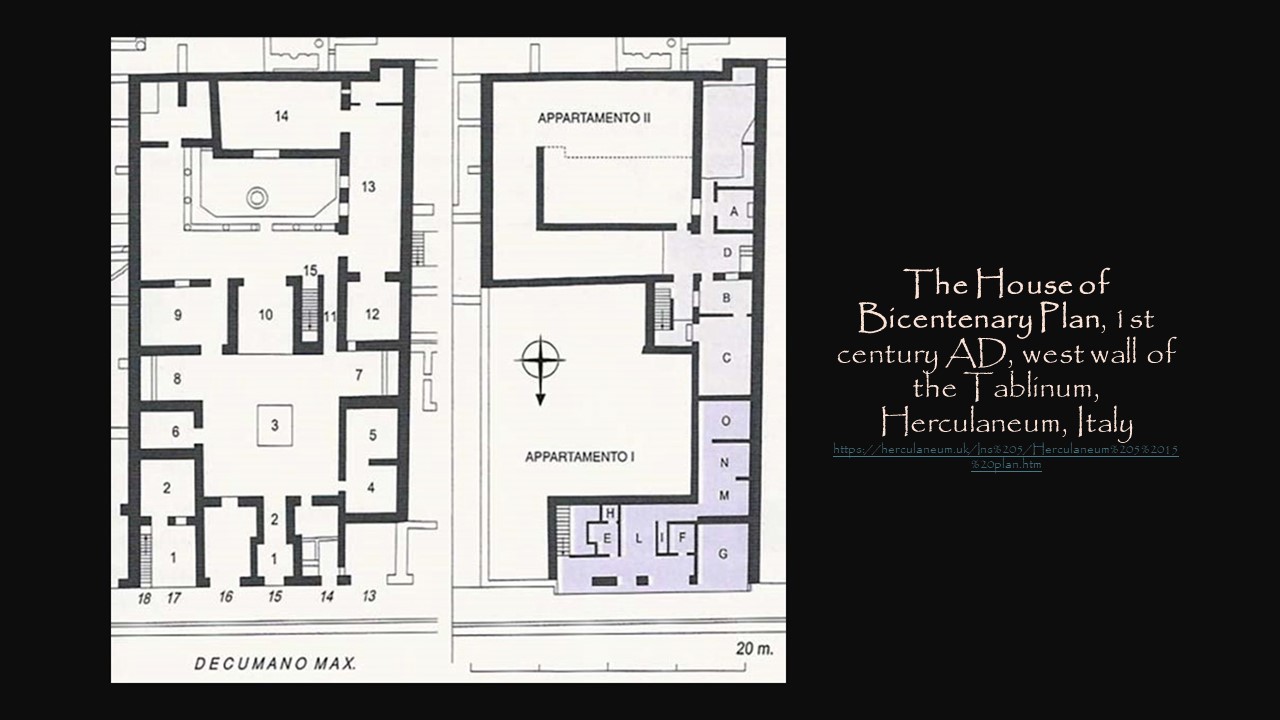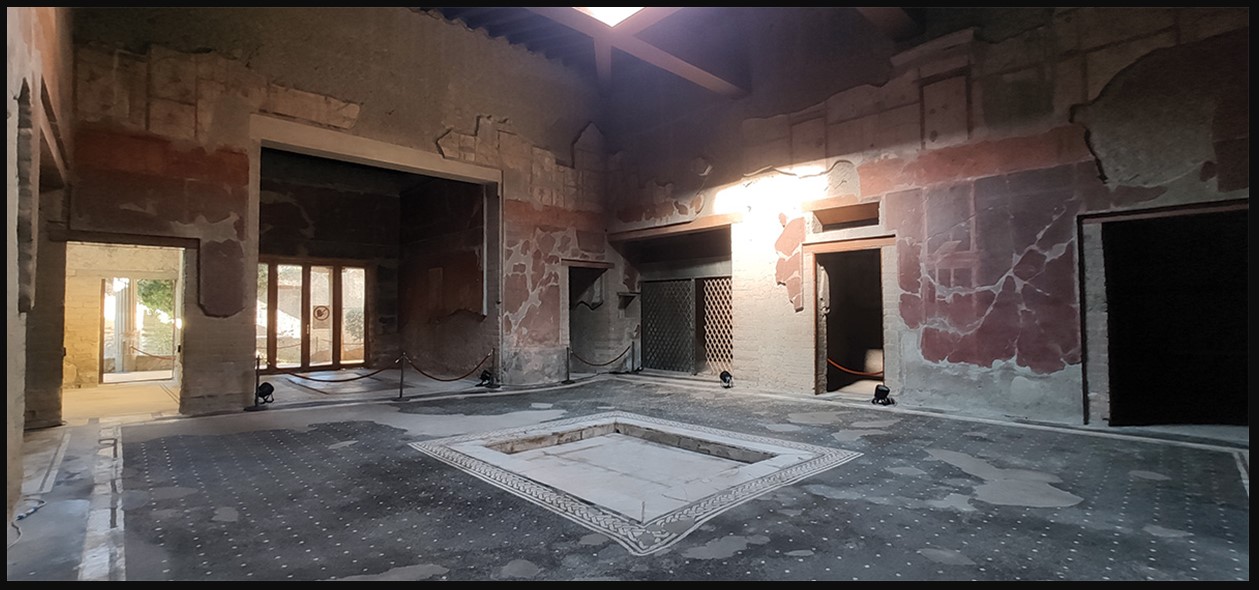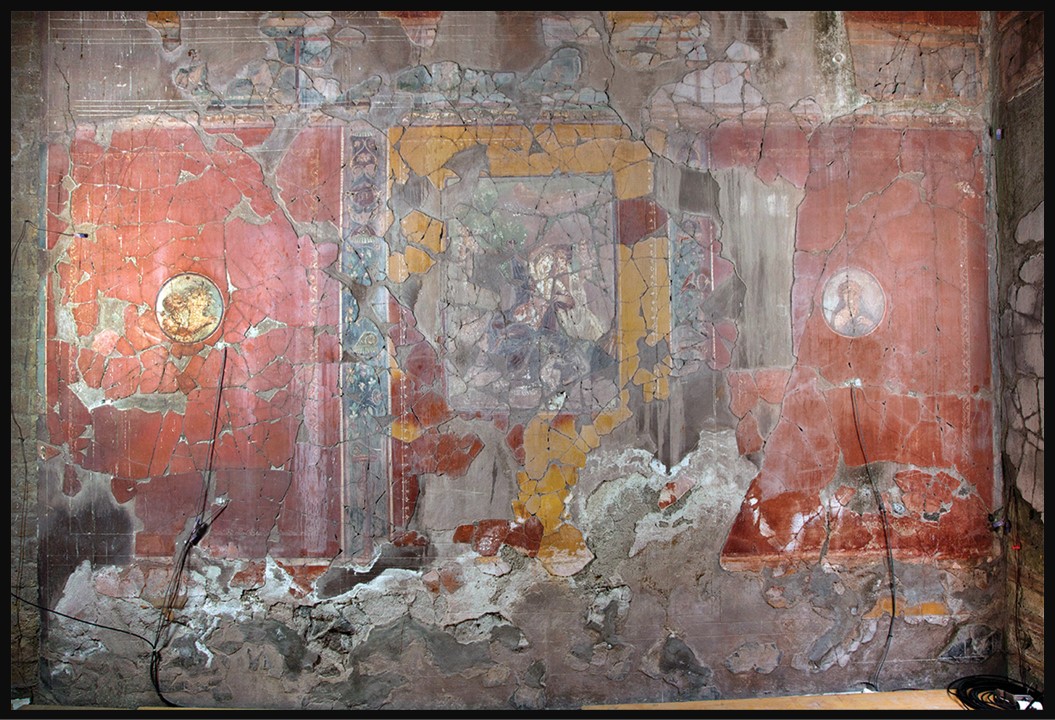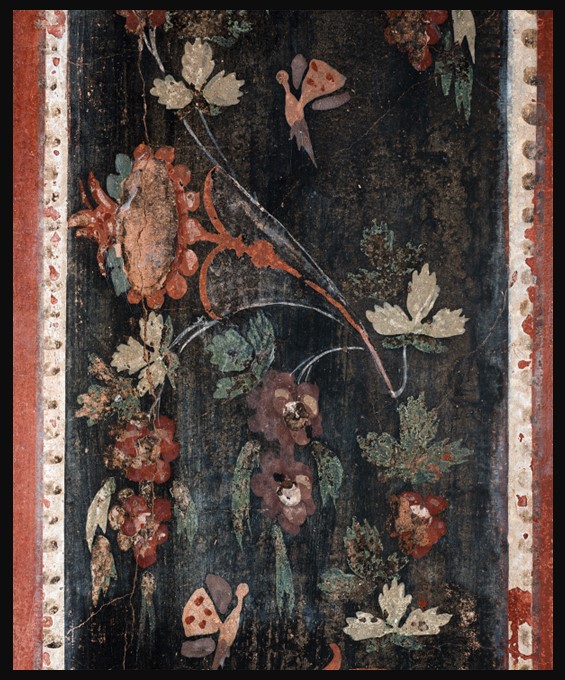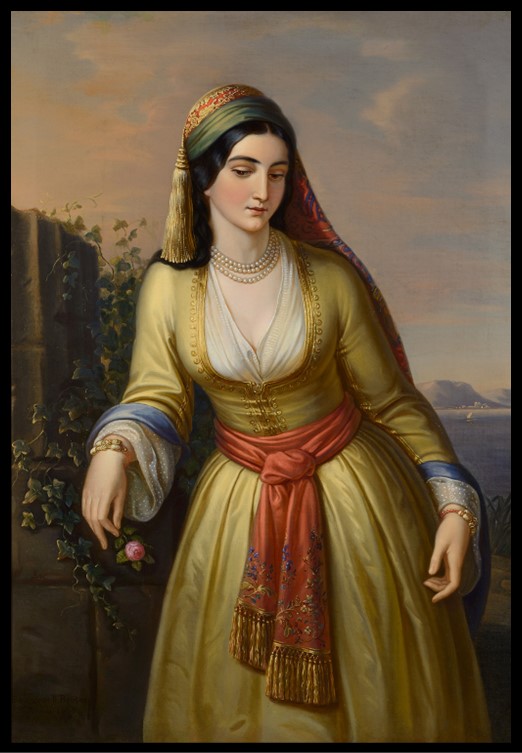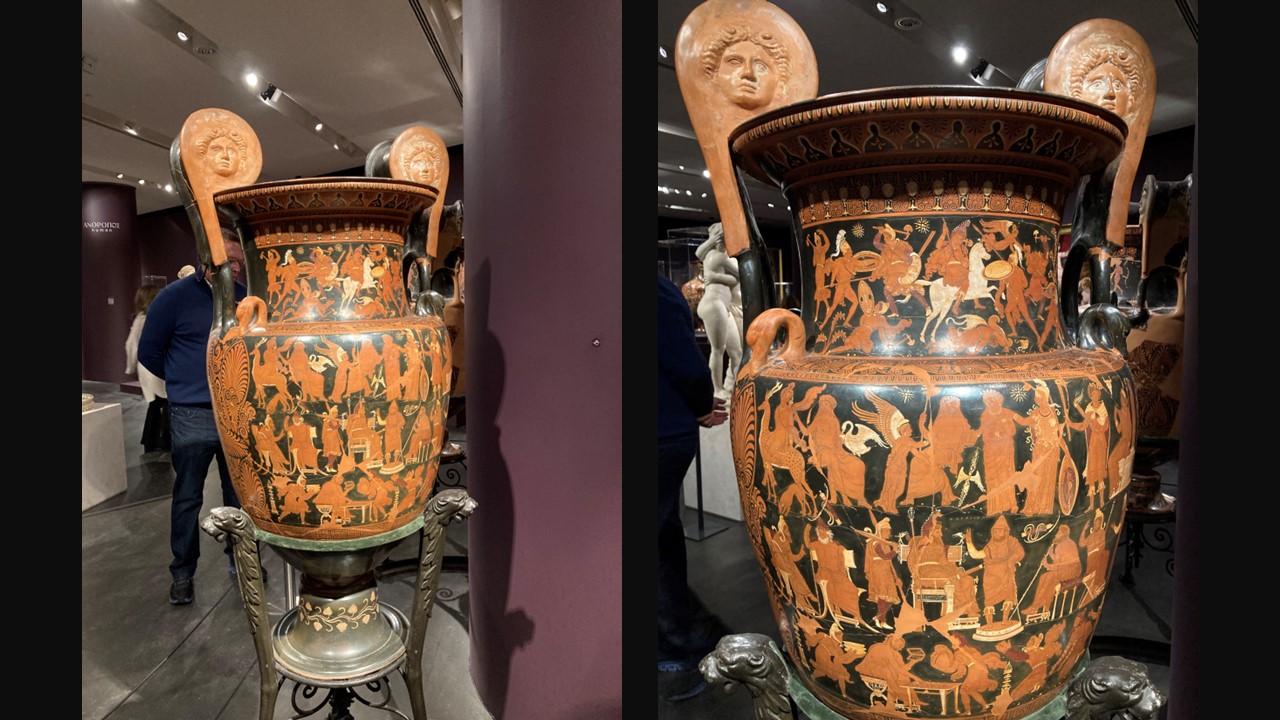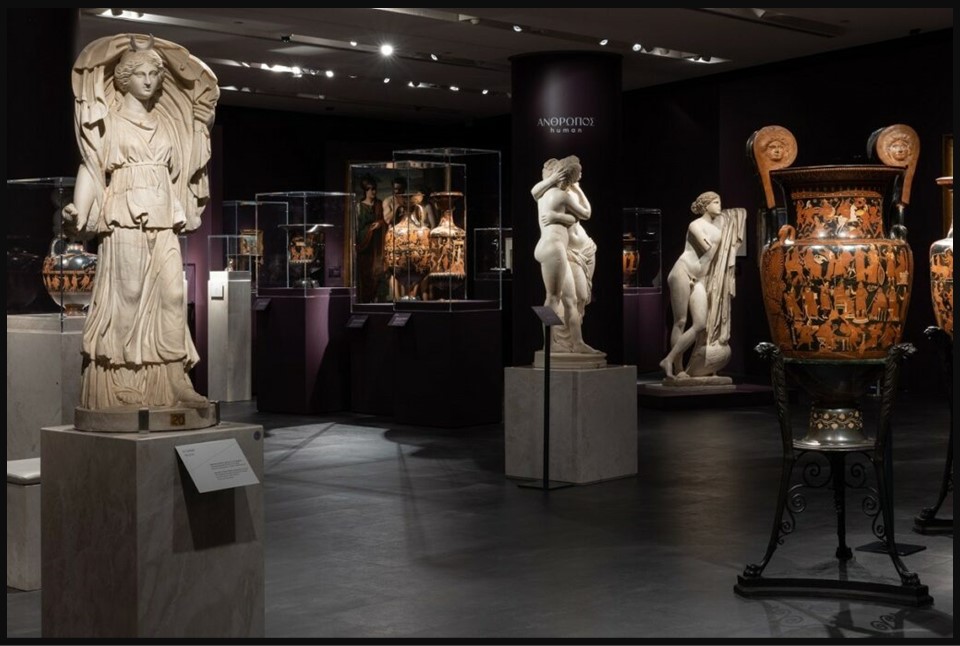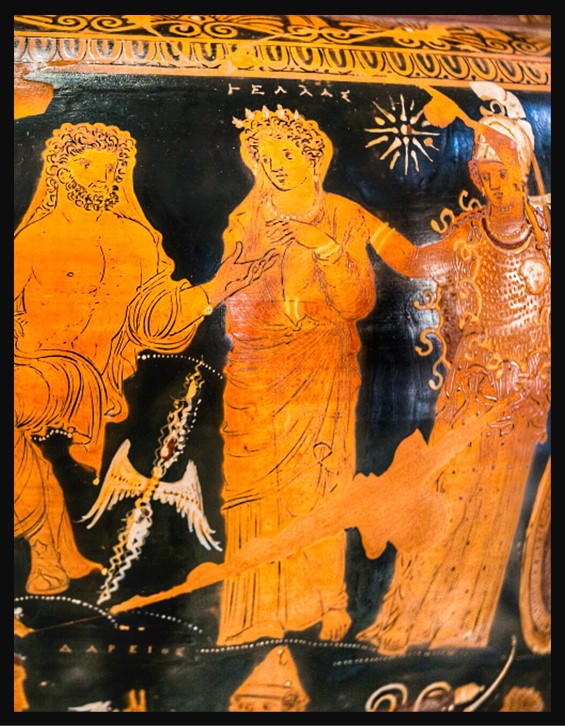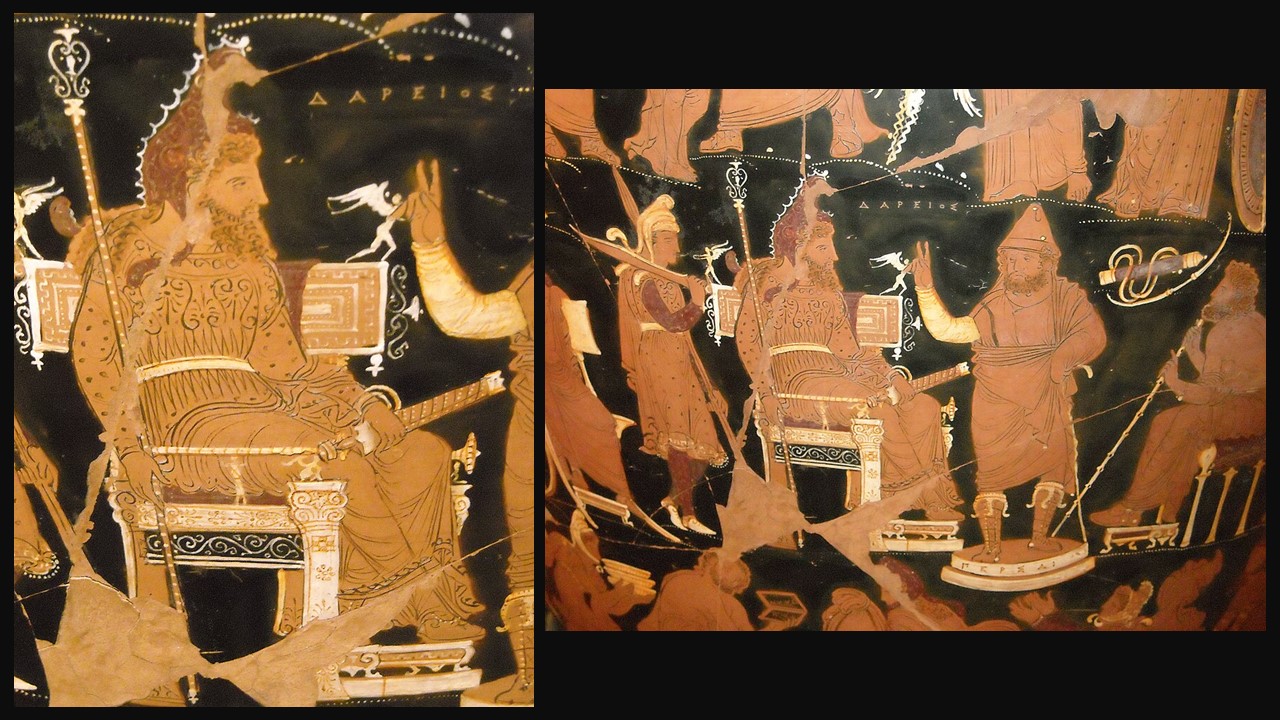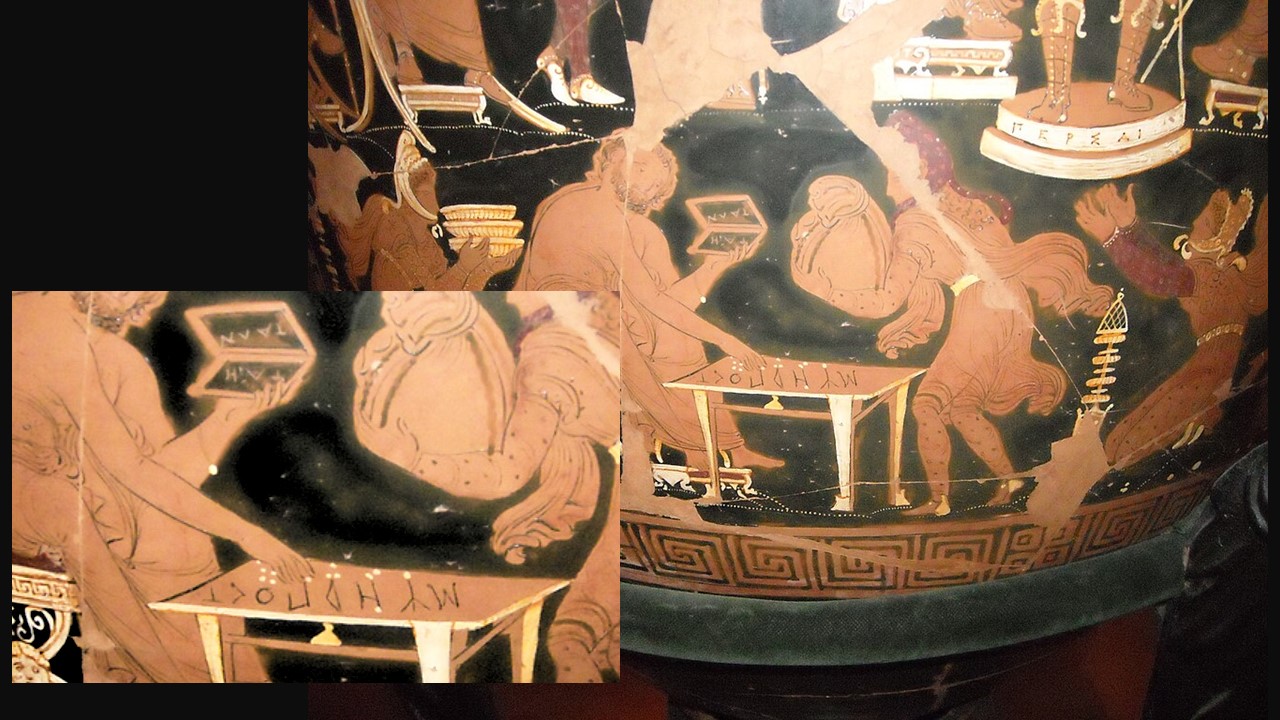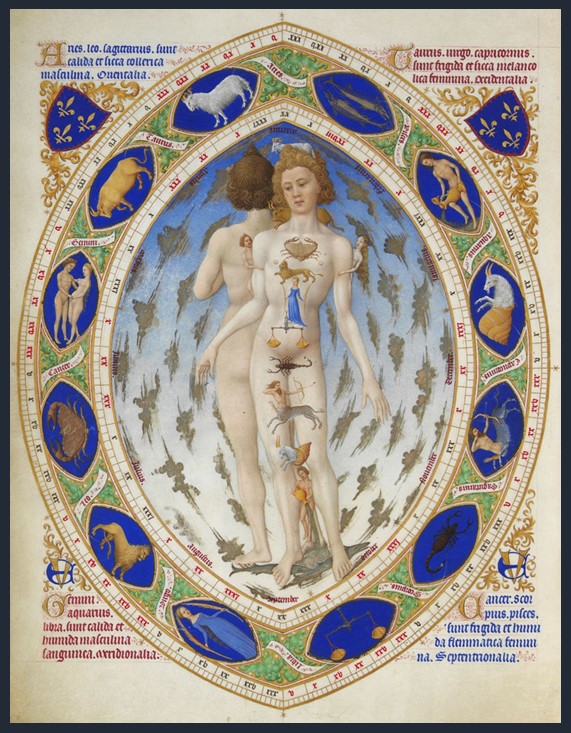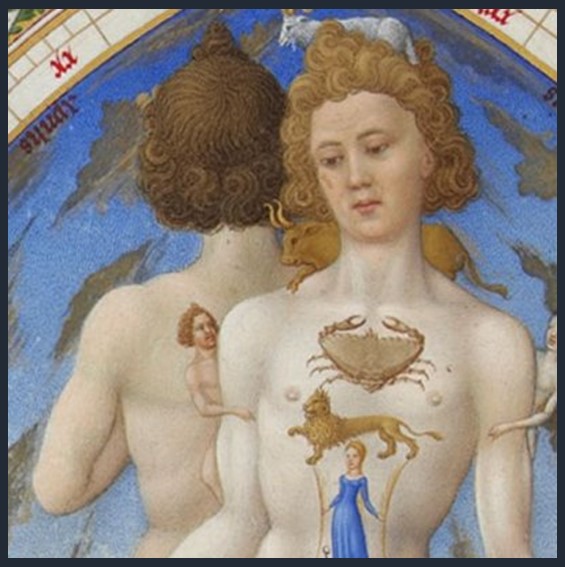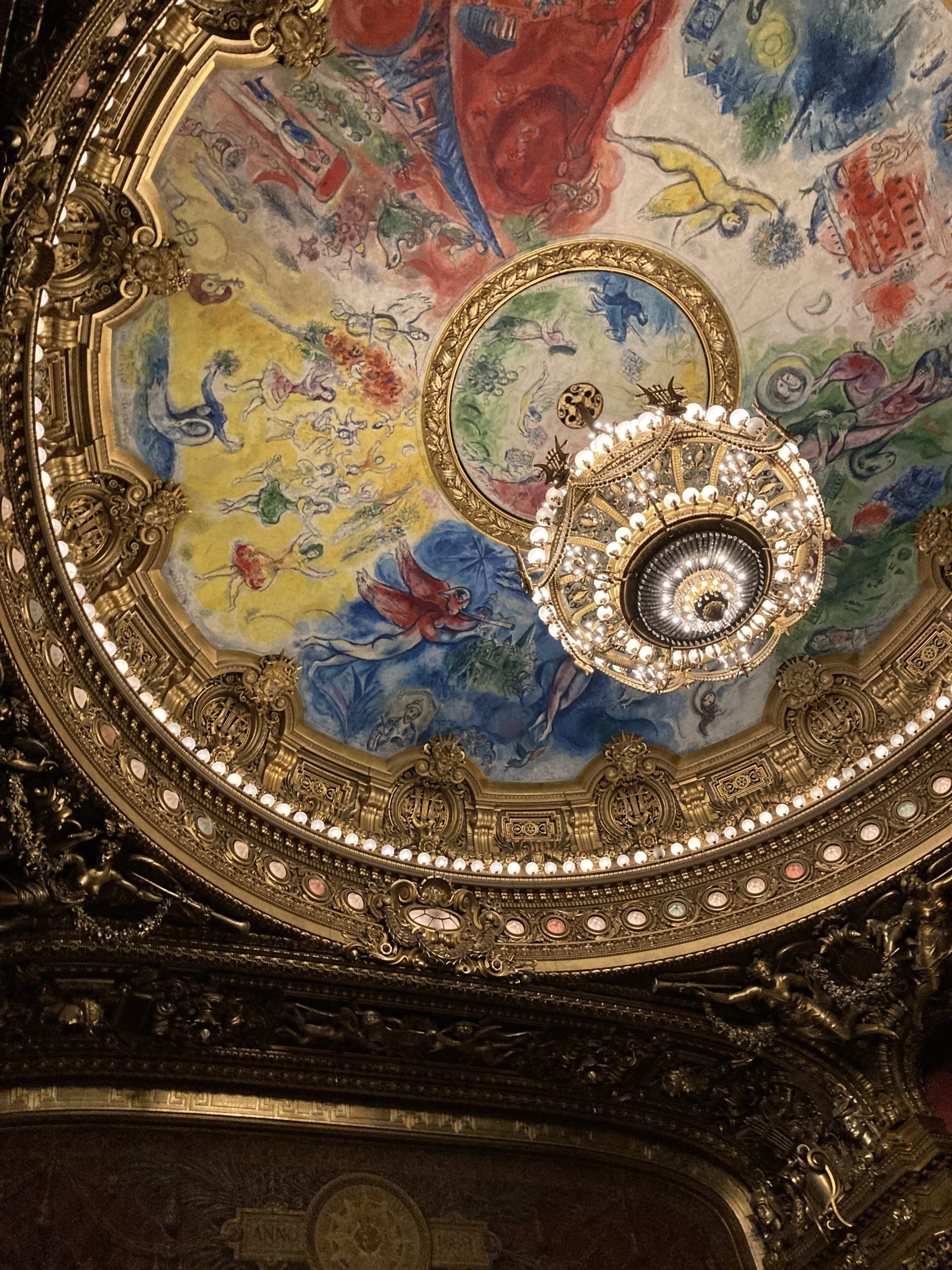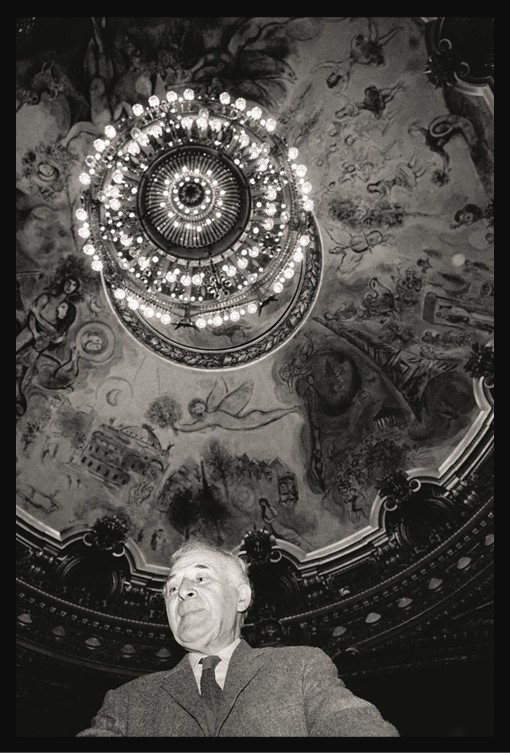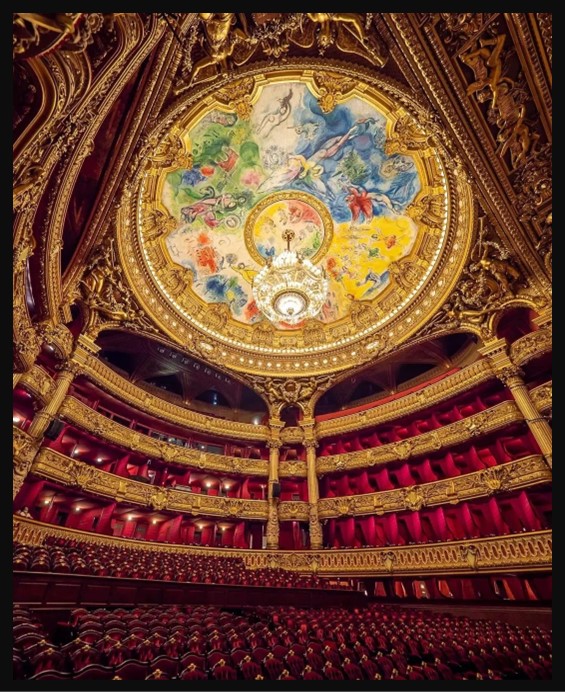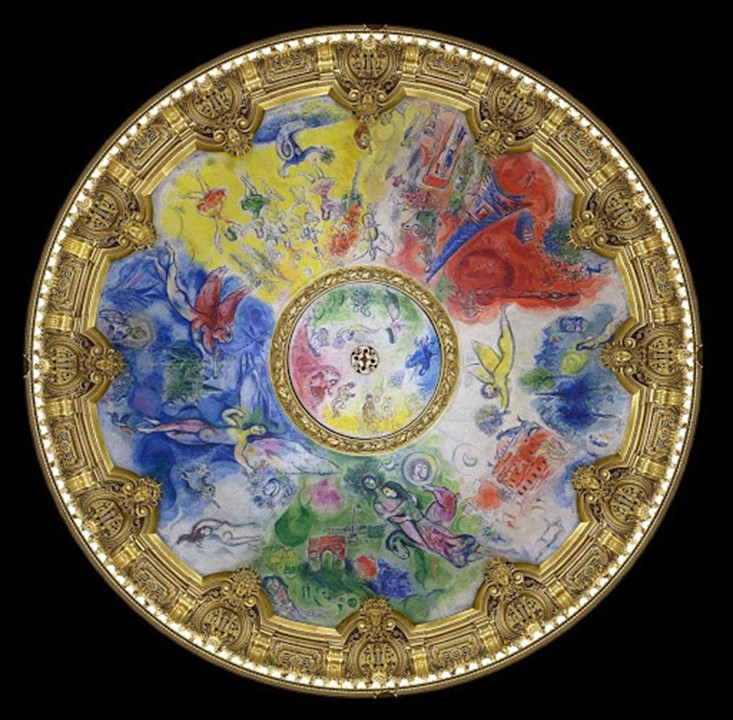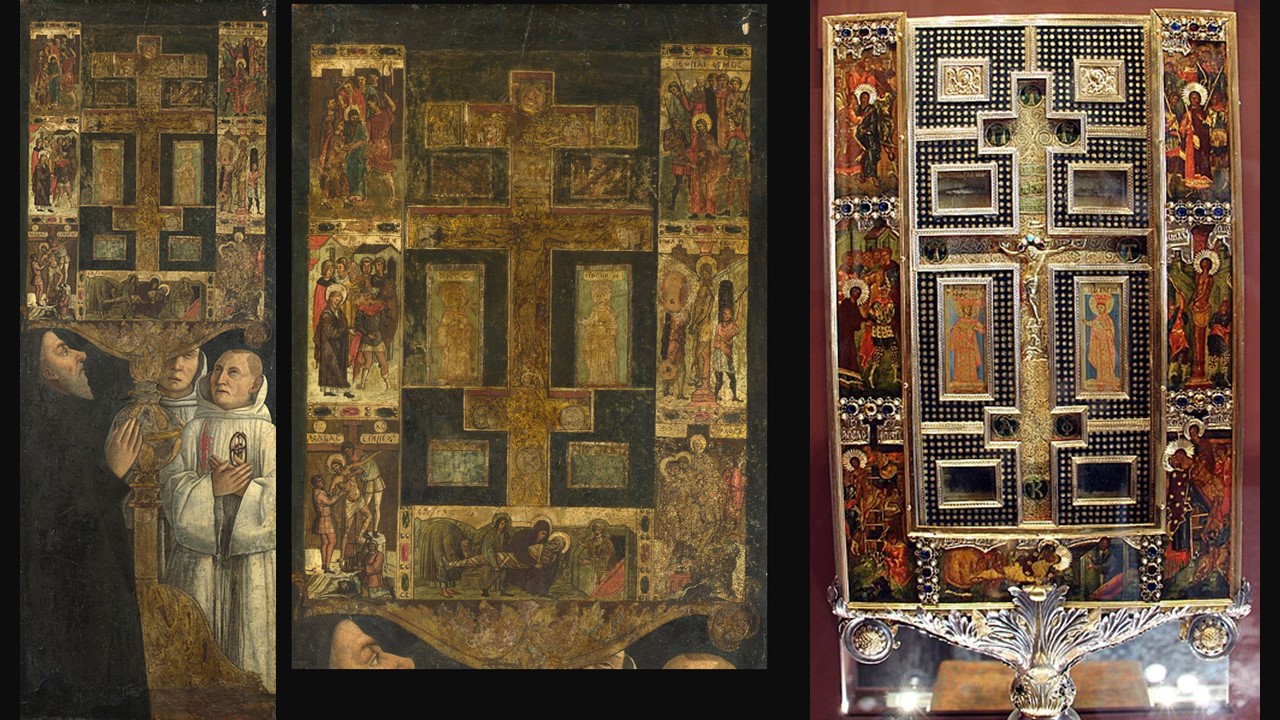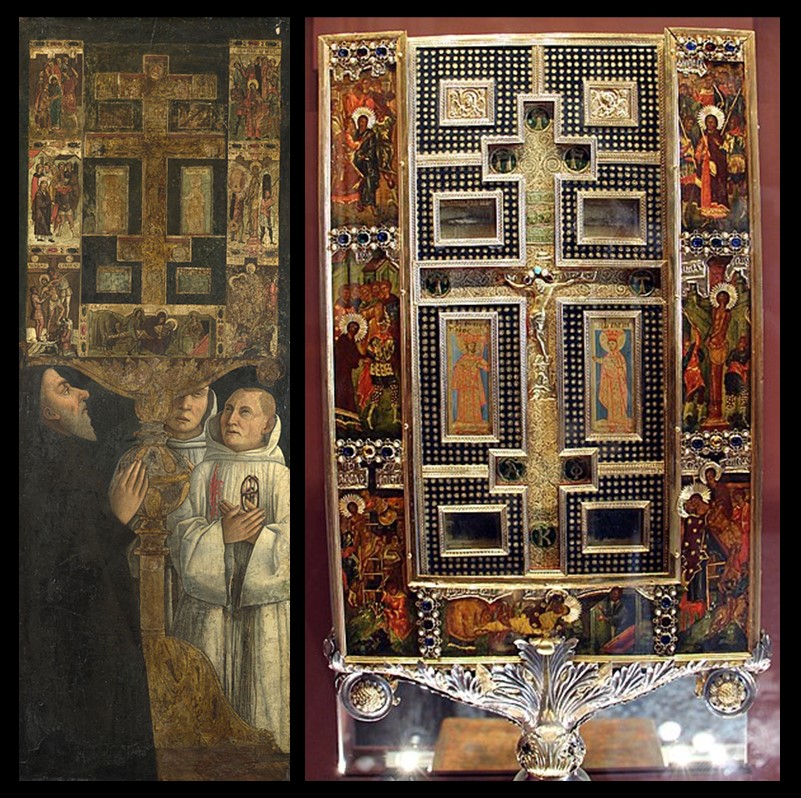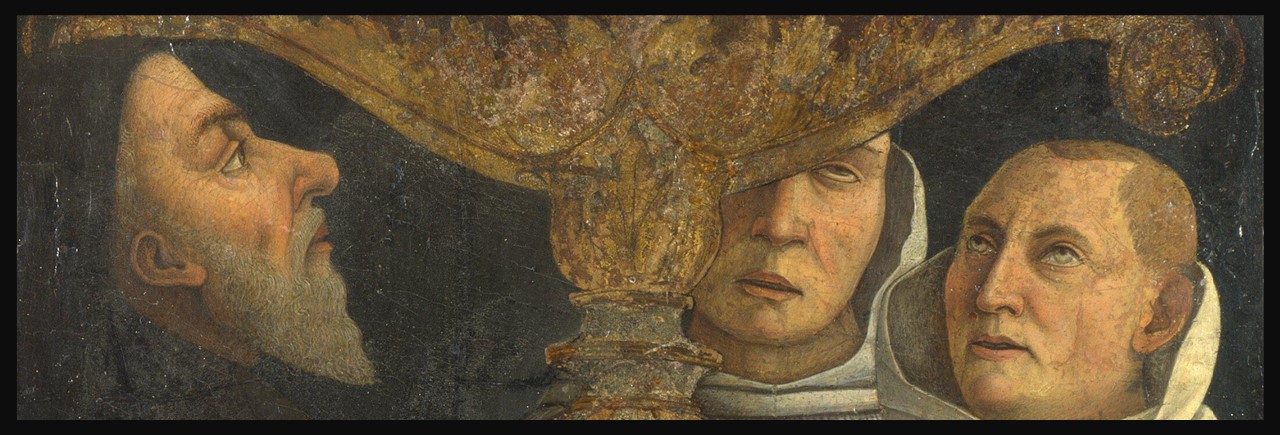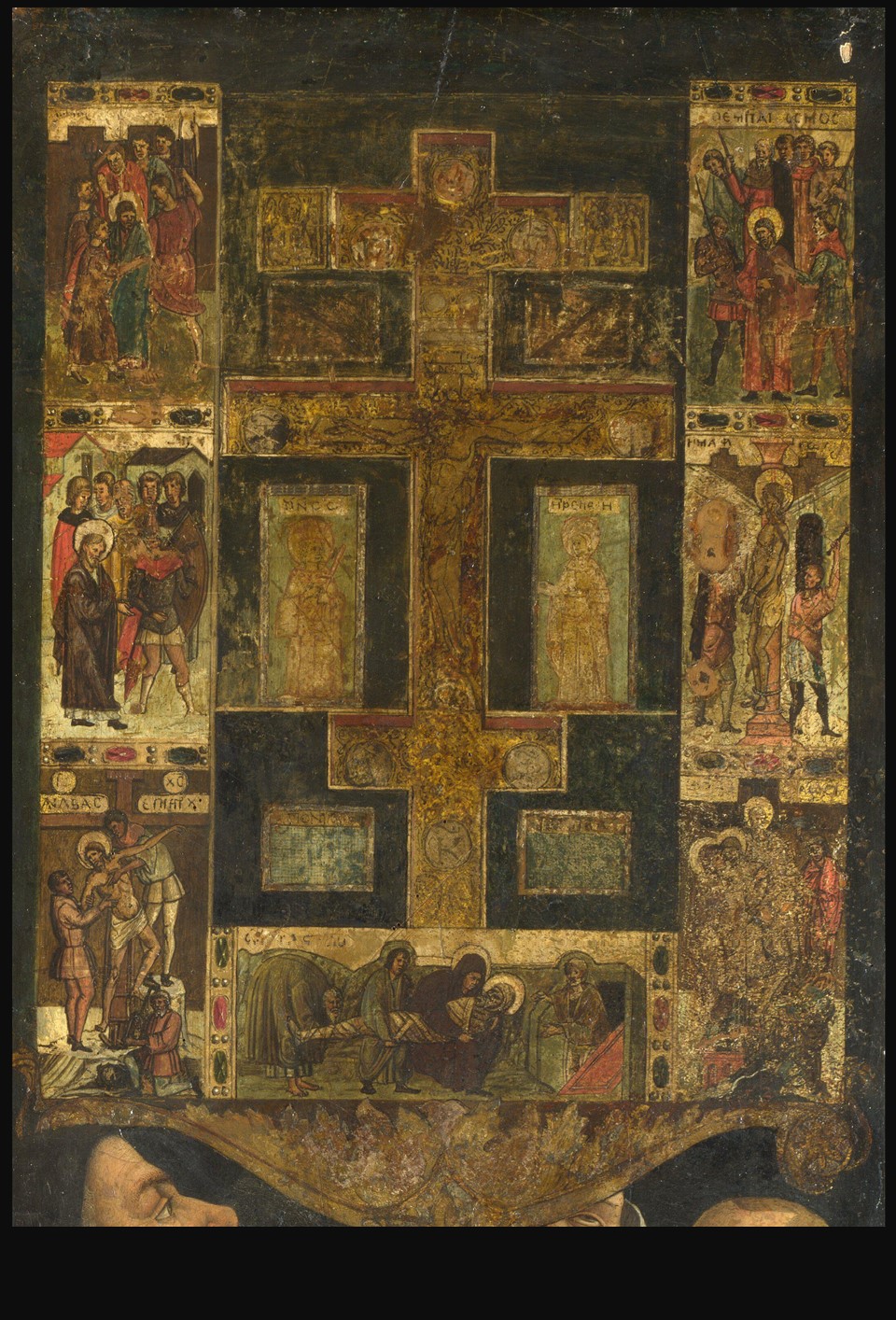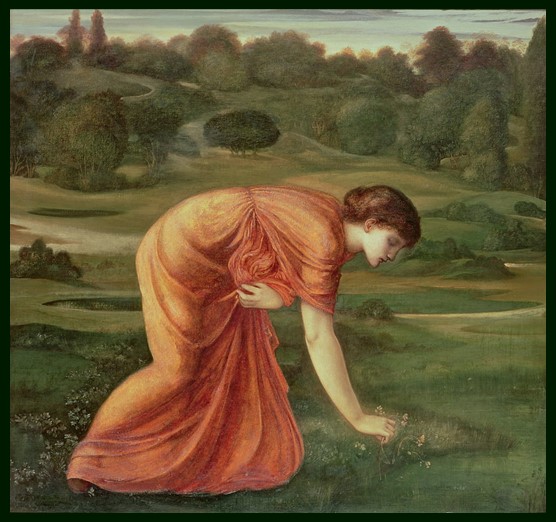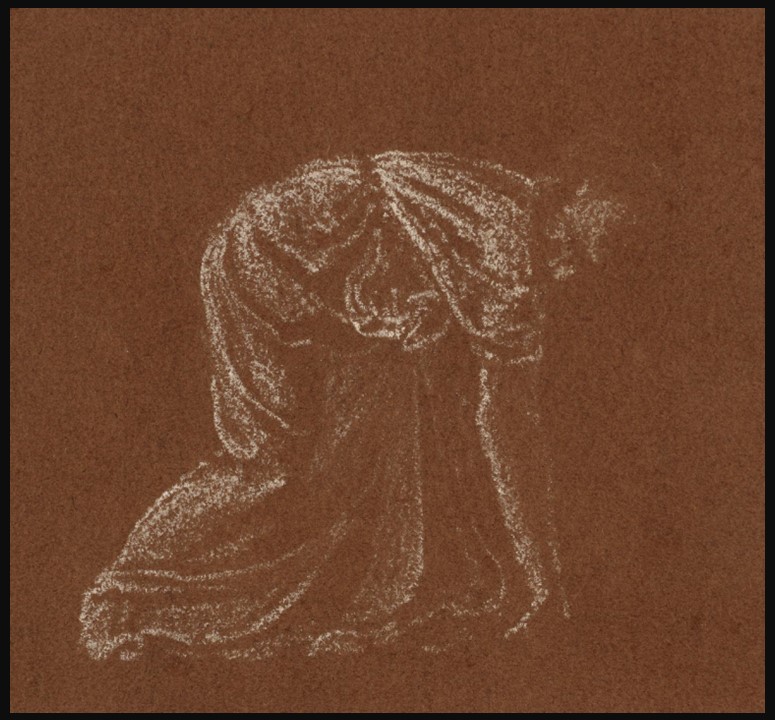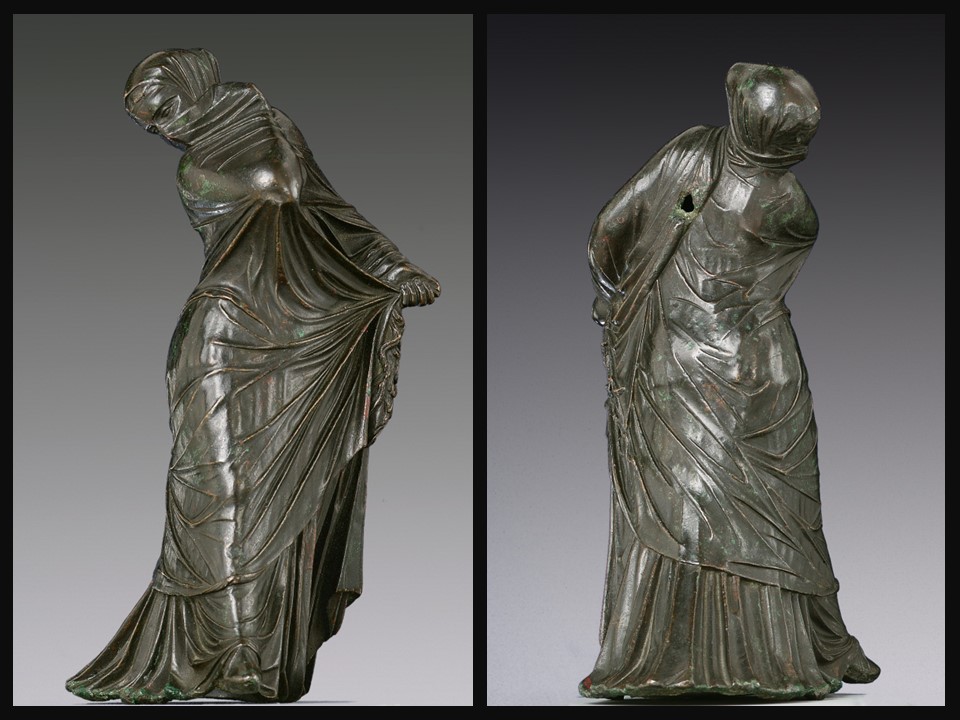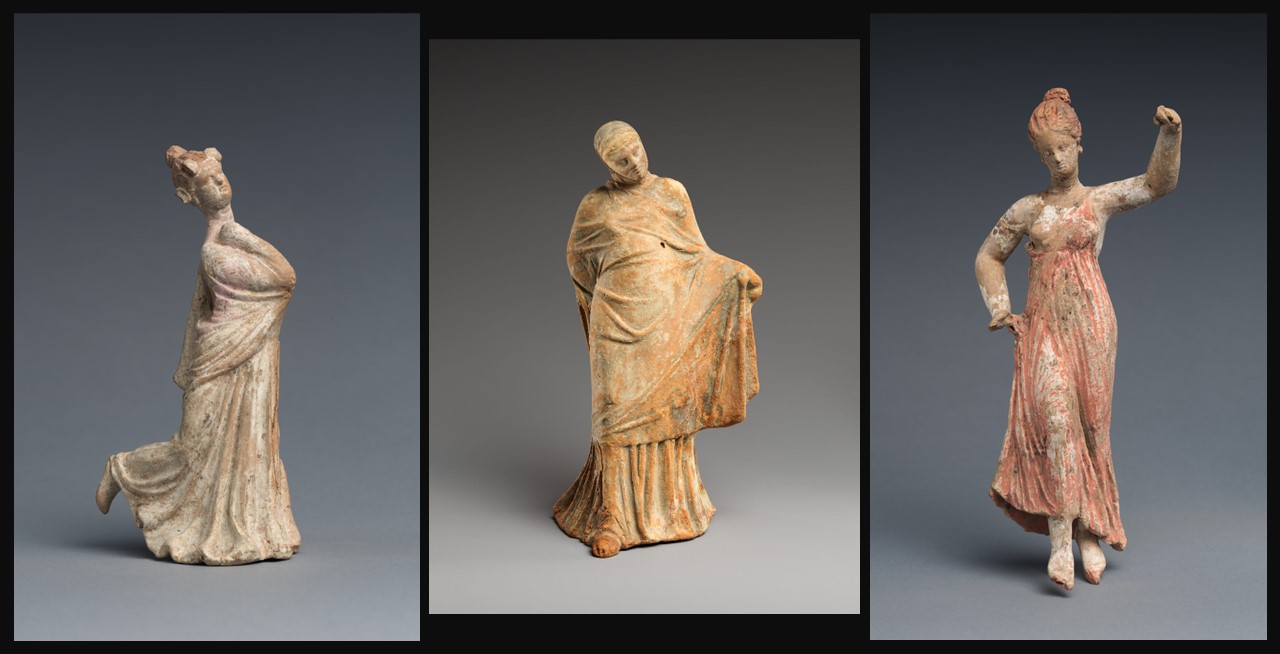
Triptych – Hades and Persephone, The Apocalypse, Prometheus, 1950, © Fondation Oskar Kokoschka/ DACS 2021 https://courtauld.ac.uk/whats-on/oskar-kokoschka-the-myth-of-prometheus/
…And ready-witted Prometheus he bound with inextricable bonds, cruel chains, and drove a shaft through his middle, and set on him a long-winged eagle, which used to eat his immortal liver; but by night the liver grew [525] as much again everyway as the long-winged bird devoured in the whole day. That bird Heracles, the valiant son of shapely-ankled Alcmene, slew; and delivered the son of Iapetus from the cruel plague, and released him from his affliction—not without the will of Olympian Zeus who reigns on high, [530] that the glory of Heracles the Theban-born might be yet greater than it was before over the plenteous earth… If Hesiod’s words laid the foundation and introduced the Myth of Prometheus to his readers back in the 7th century BC, The Prometheus Triptych by Oskar Kokoschka brought the tale into the modern era, creating a forceful and compelling resonance! https://www.perseus.tufts.edu/hopper/text?doc=Perseus%3Atext%3A1999.01.0130%3Acard%3D507
Oscar Kokoschka’s 1950 Triptych, a profound exploration of the human condition through his distinctive expressionist style, was commissioned by the Anglo-Austrian art collector Count Antoine Seilern. The masterpiece was intended to adorn the entrance hall ceiling of Seilern’s London house in South Kensington, and Kokoschka, working diligently, dedicated over six months to its creation. In a reflective note on July 15, the artist expressed the significance of completing the monumental work, stating… I put the last brush-stroke (I feel like saying axe-stroke) to my ceiling painting yesterday… This is perhaps my last big painting, and perhaps it’s my best… Count Seilern later bequeathed the Prometheus Triptych, along with his remarkable collection of old master paintings and drawings, to The Courtauld in 1978. https://courtauld.ac.uk/whats-on/oskar-kokoschka-the-myth-of-prometheus/
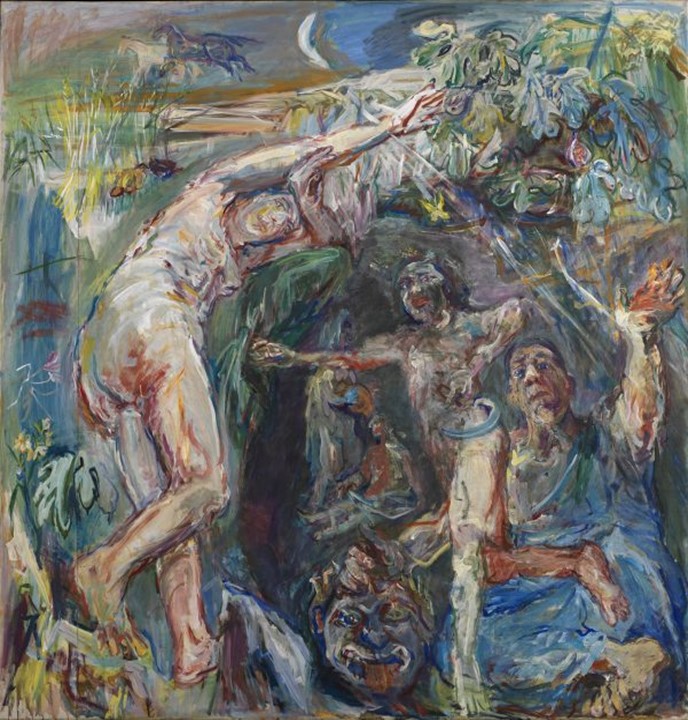
Triptych – Hades and Persephone, 1950, © Fondation Oskar Kokoschka/ DACS 2021 https://courtauld.ac.uk/whats-on/oskar-kokoschka-the-myth-of-prometheus/
This monumental triptych reflects Kokoschka’s profound engagement with the existential and psychological dimensions of his subjects. The three panels, Hades and Persephone, The Apocalypse and Prometheus, unfold a visual narrative that is both intimate and universal, capturing the complexities of human relationships, emotions, and the existential journey. Painted after the painful years of the Second World War and during the beginning of the Cold War era, Kokoschka’s Triptych serves as a cautionary tale against human intellectual arrogance, embodied by Prometheus on the right, whose audacious act of stealing fire to empower humanity led to his eternal punishment by Zeus. The central panel depicts a vivid scene from St John’s Apocalypse with the four horsemen heralding the Last Judgment. On the left, a tale of regeneration unfolds as Persephone escapes Hades, portrayed as Kokoschka himself, with assistance from her mother Demeter, standing between them.
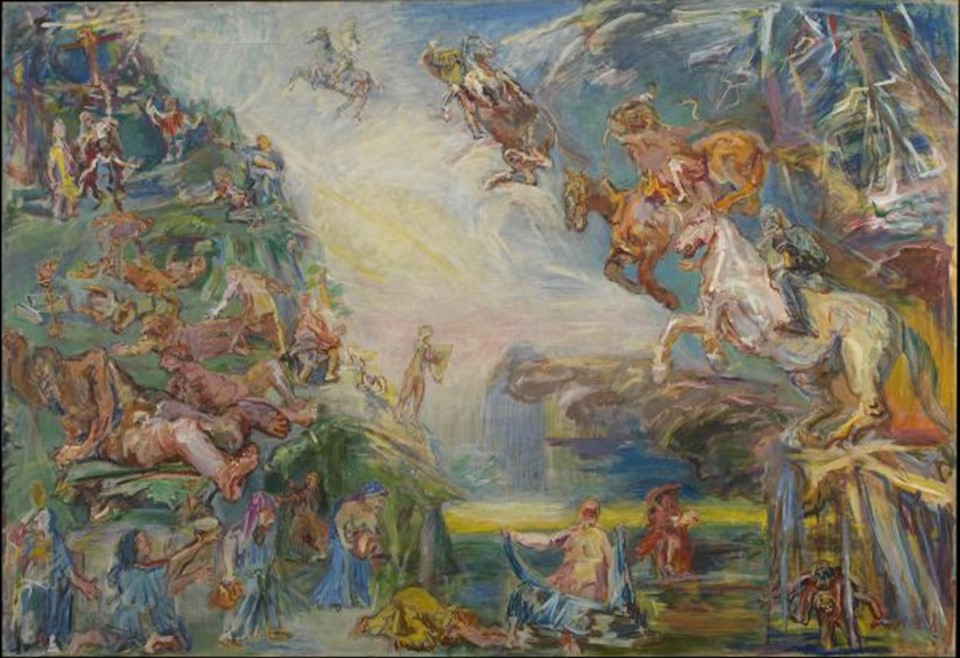
Triptych – The Apocalypse, 1950, © Fondation Oskar Kokoschka/ DACS 2021 https://courtauld.ac.uk/whats-on/oskar-kokoschka-the-myth-of-prometheus/
Painted on an epic scale, The Prometheus Triptych is, according to the Courtauld experts, one of Kokoschka’s most ambitious compositions… and intended to be a demonstration of the possibilities of figurative painting. Figures contort and intertwine, conveying a sense of tumultuous upheaval and spiritual crisis. The artist’s use of symbolism and distorted forms adds an otherworldly dimension to the composition, inviting viewers to grapple with the profound and unsettling aspects of the human experience. Prometheus Triptych stands as a testament to Kokoschka’s ability to infuse his work with profound emotion and existential inquiry, providing a gripping interpretation of a timeless and weighty theme. https://courtauld.ac.uk/whats-on/oskar-kokoschka-the-myth-of-prometheus/
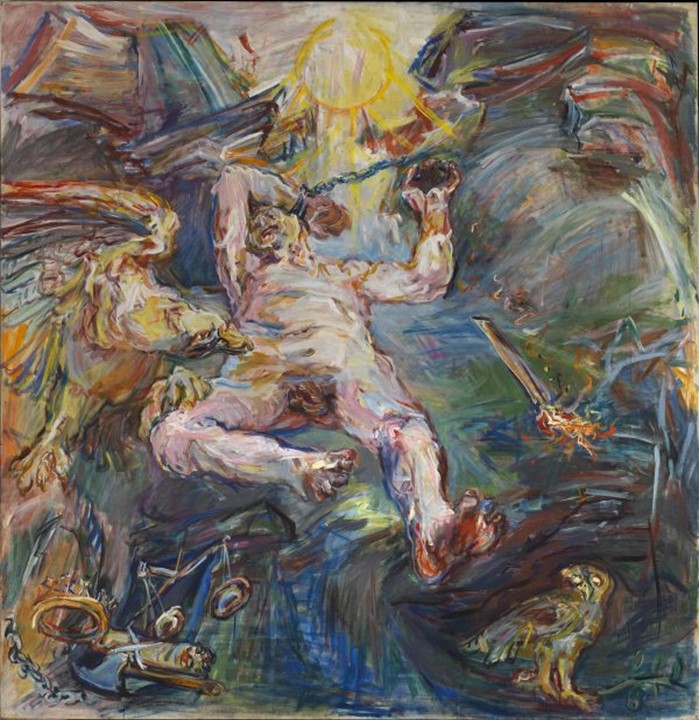
Triptych – Prometheus, 1950, © Fondation Oskar Kokoschka/ DACS 2021 https://courtauld.ac.uk/whats-on/oskar-kokoschka-the-myth-of-prometheus/
The artist’s use of bold brushstrokes, intense colours, and dynamic compositions infuses the Triptych with a visceral energy, inviting viewers to delve into the depths of the artist’s emotional and intellectual exploration. Through this commissioned work, Kokoschka not only pays homage to the tradition of the triptych but also showcases his continued commitment to pushing artistic boundaries and expressing the human experience in a profoundly evocative manner.
For a Student Activity inspired by The Prometheus Triptych by Oskar Kokoschka, please… Check HERE!
